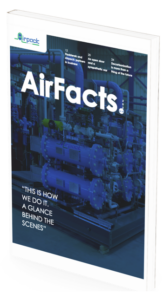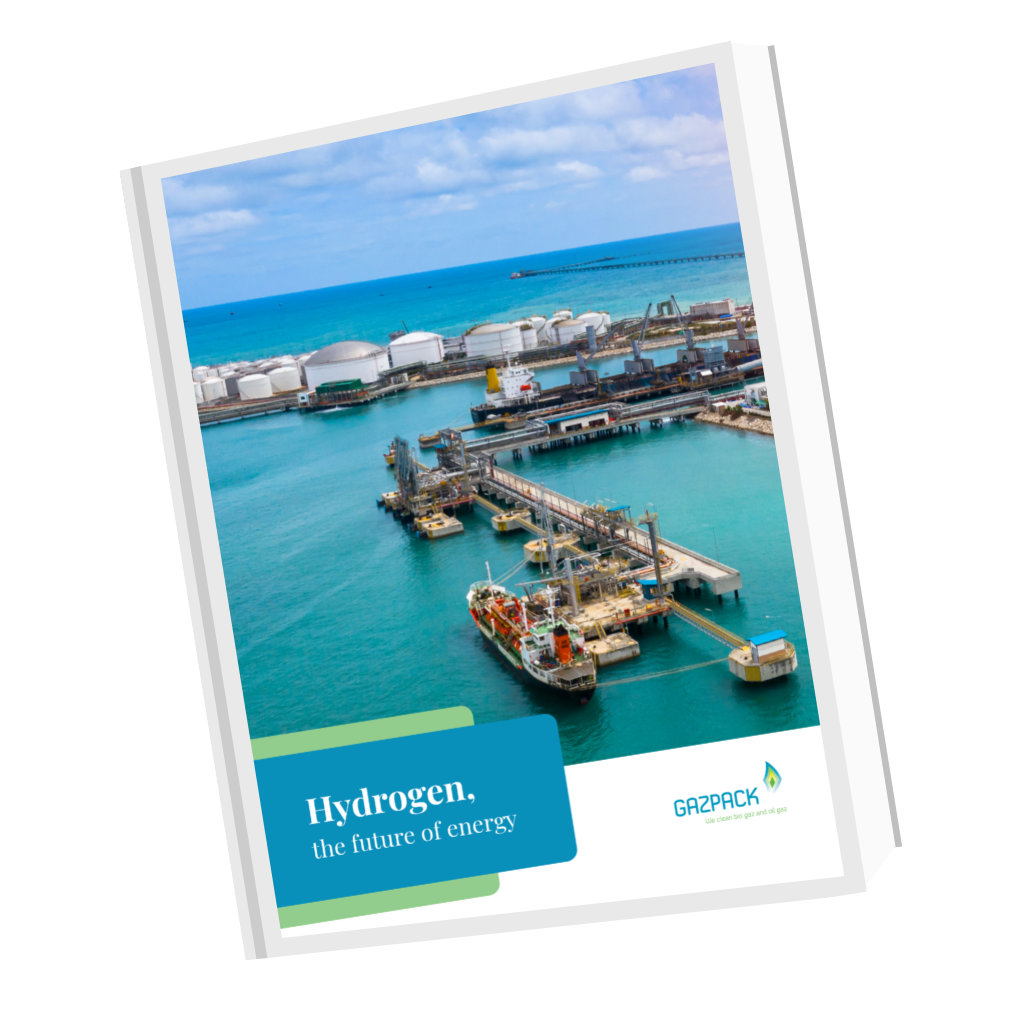Biogas Upgrading (System)
Looking to explore the world of biogas processing and handling solutions? Get instant access to our documents about biogas technology.
Research and development of alternative energy sources continues unabated and the findings are often promising. As energy companies and governments collaborate to minimize the burning of fossil fuels as a way to mitigate the harmful effects of climate change, their mission includes not only the feasibility of alternate sources, but also optimizing those substitutes so they are efficient, cost-effective and fit for both conveyance and storage. As biogas — long a source of heating and cooking fuel — assumes a larger role as a green energy medium, techniques and methods are refined to process it for wider and easier application.
Why Does Biogas Need Processing?
Knowing how biogas is formed is central to understanding why biogas upgrading is practical and necessary. Most everyone has had some experience with biogas, if only through the olfactory sense. When organic material undergoes decomposition, its components break down either with oxygen present or without, e.g. as in a landfill, or beneath a large pile of grass clippings or cow manure. In the latter instance, particular bacteria break down the substances into an array of chemical compounds over several stages of decay. Dominant among the final compounds left are methane (CH4) and carbon dioxide (CO2). These combine with other compounds to form biogas.
In addition to CO2 and CH4, gases in smaller amounts remain present. Although modest in proportion, these trace compounds pack a detrimental punch in terms of rendering the biogas unusable and even dangerous. Volatile organic compounds like terpenes and siloxanes may corrupt the biogas as do water vapor and sulfur compounds. Hydrogen sulfide, in particular, is not just dangerous to human health but does damage to pipelines and storage vessels as well. Beyond these problems, the CO2 itself greatly diminishes the fuel efficiency of biogas. The ideal, then, is to produce the methane in as pure a form as is doable.
From Biogas to Biomethane
The purpose of biogas upgrading is to create a renewable natural gas (RNG), i.e. fit for pipeline transport and suitable for use everywhere that conventional natural gas is employed. The primary difference is that RNG — or biomethane — is easily replenished compared to natural gas obtained from geological deposits. Biomethane can be liquefied or compressed for vehicular fueling. Moreover, it conforms with the federal Renewable Fuel Standard requirements set forth by the Environmental Protection Agency (EPA). In short, use of RNG cuts greenhouse gas emissions considerably. So, what exactly are the methods and procedures of improving biogas?
Drying Out
Water vapor can saturate biogas that is collected from an anaerobic digester, accounting for up to 12 percent of the weight of the gas, although less than one percent of the content. this vapor could condensate while traveling through pipelines thereby corroding them. Important, therefore, is to remove the H2O prior to transport. Steam will only condense into liquid H2O at the dew point. Getting it there is made possible by several means. For one thing, the gas can be cooled to the temperature that corresponds to the dew point. This is often accomplished by burying the gas line under the soil and installing a trap for condensed water. Another scenario involves employing silica gel in the biogas upgrading system to trap the vapor and allow the biogas to proceed to further refining.
Climbing Out of the Sewer
Just a little hydrogen sulfide (H2S) can cause a lot of trouble. In addition to threatening the respiratory health of humans, animals and plants, this compound — sometimes called sewer gas — is known to inflict debilitating corrosion on holding tanks and pipelines. Although its presence barely registers in most biogas, there is nevertheless enough of it to pose terrible consequences if not eliminated. One way of mitigating its presence in the biogas is by adding iron compounds to the anaerobic digester ahead of adding the substrate, i.e. the organic matter. Sulphur compounds are then left with the digestate after the biogas is extracted.
Often, though, anticipatory action is not sufficient by itself. Activated carbon can react with H2S to oxidize it and bind the molecules to the carbon solid’s surface. Another removal procedure is to stream the gas through a sodium hydroxide solution or through solids treated with iron oxide. These absorb the H2S and free the biogas from this contaminant.
Mission Scrubbed…or Scrubbing
Aside from methane, carbon dioxide is the most abundant compound in biogas. Unfortunately, CO2 robs the biogas of its energy value and fuel efficiency. One of the most common ways to reduce CO2 content is through the injection of pressurized biogas absorbed a large cylindrical tank filled with water for between 20 and 40 days. The contaminants are then broken down and the purified gas is pumped out. Other techniques include membranes that trap the methane but allow the carbon dioxide to flow through as well as adsorption by chemically reactive media.
In Summary
Making raw biogas into efficient and effective biomethane requires a biogas upgrading system to remove pollutants and impurities. Many technologies serve this purpose, and are often used in tandem with one another. In fact, some methods can work to expel most or all of the unwelcome compounds that populate the composition of raw biogas.




